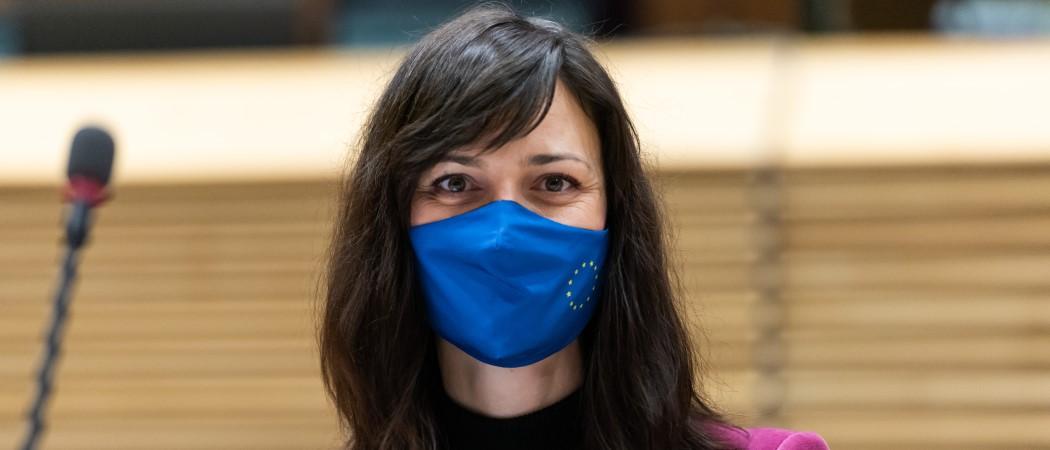EU commissioner urges member states to route more money from structural funds into R&D, and add firepower by using this in combination with pandemic recovery fund and Horizon Europe

EU Research commissionner Mariya Gabriel. Photo: EU Commission.
Investments and reforms in national research and innovation systems should be “appropriately reflected” in member state plans for spending the EU’s €750 billion pandemic recovery fund, EU research ministers agreed on Friday.
What they did not agree was an overall figure for research and innovation investments from the recovery fund. However, they did point to spending targets for the digital and green transitions.
Member states should do their “very best to strengthen the place of research and innovation” in the national resilience plans they are drawing up detailing how they will spend pandemic recovery money, said EU commissioner for research and innovation Mariya Gabriel after the meeting. “The message needs to get across to finance ministers and ministers for economic affairs in member states,” she said.
The commissioner called on governments to find ways to route more money from structural funds towards R&D and make sure this line of funding is used together with the pandemic fund and the EU’s research and innovation programme, Horizon Europe. Gabriel admitted this won’t be an easy process but urged ministers to act on “a unique moment that we have to grasp.”
Renewed agreement on 3% R&D target
Research ministers once again committed their governments to a national R&D expenditure target of 3% of GDP by 2030. That target was to have been reached in 2020, but most member states failed to deliver. In September, Gabriel reaffirmed the goal and slapped a new deadline on it: 2030.
In a press conference on Friday, Gabriel and Portuguese research minister Manuel Heitor appeared confident the target can be achieved by 2030. This time around more countries will be able to get past the 3% mark if governments combine the recovery fund with national and other EU funding sources.
“I think it's a much more realistic ambition, especially because of the resilience and recovery fund, and because of synergies with other policies,” said Gabriel.
“Certainly, the consensus builds among ministers about the need to articulate public and private funding towards our target,” said Heitor.
The €750 billion pandemic recovery fund and a new EU budget which imposes strict rules for spending it on projects that support the transition to a digital, greener economy, means countries are better positioned to reach the 3% target. “That was impossible 10 years ago or 20 years ago when the 3% target was set for the very first time,” Heitor said.





 A unique international forum for public research organisations and companies to connect their external engagement with strategic interests around their R&D system.
A unique international forum for public research organisations and companies to connect their external engagement with strategic interests around their R&D system.